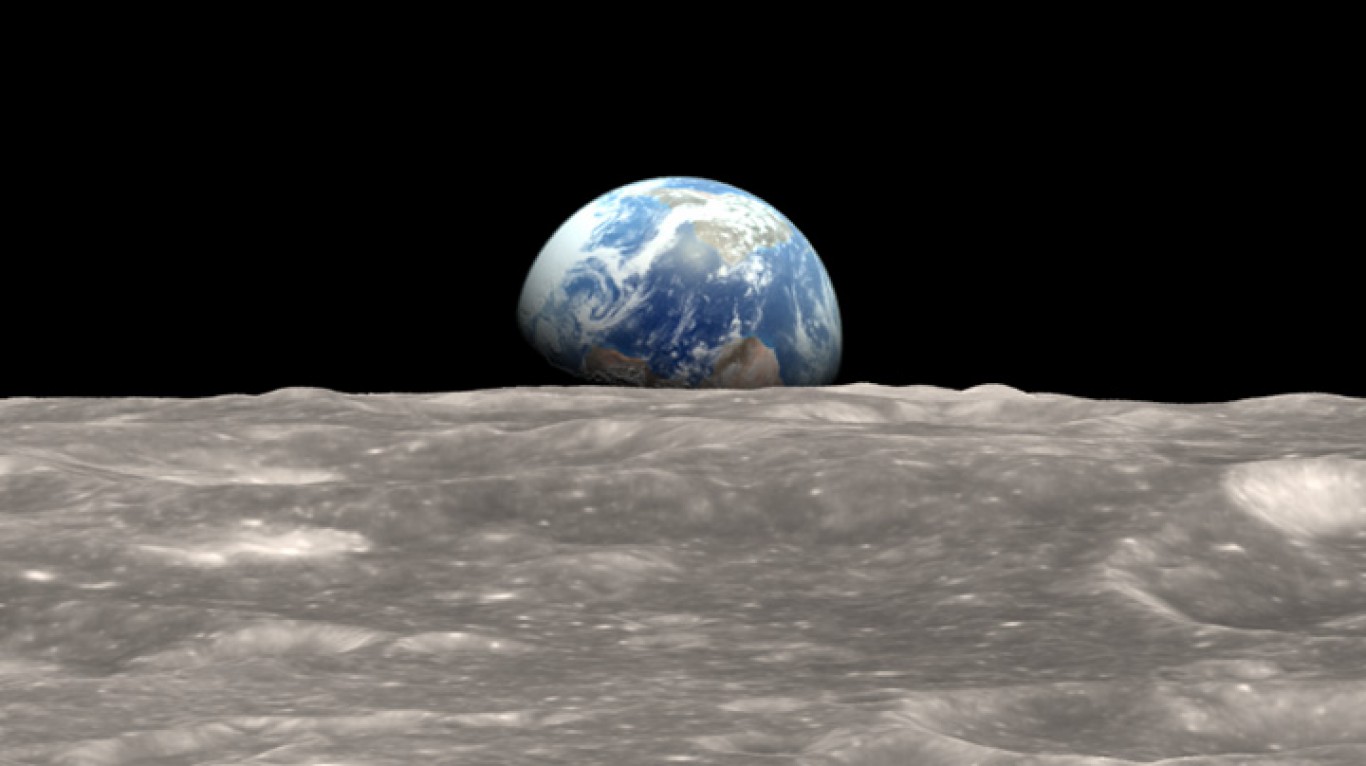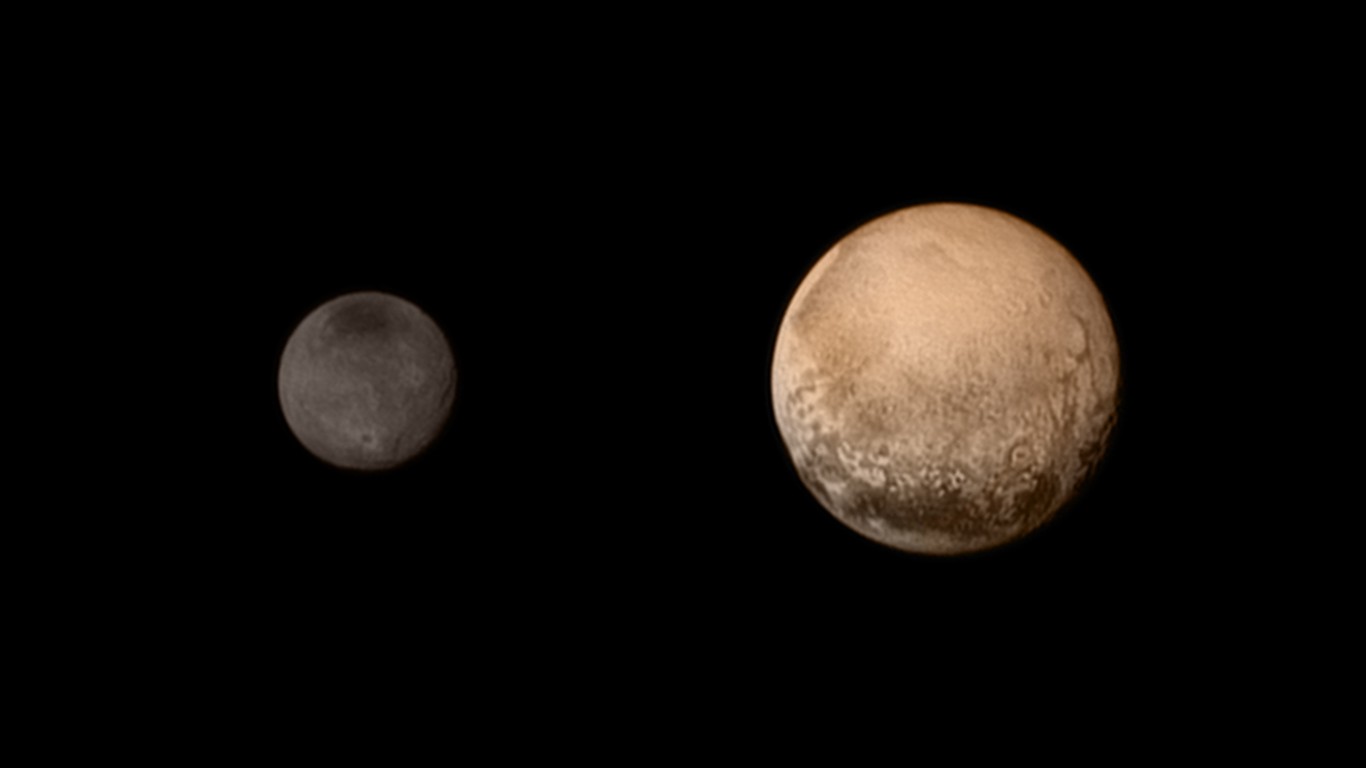
Key Takeaways:
- NASA’s New Horizons was the first spacecraft to pass by Pluto.
- It also explored several other “space objects.”
- Take a look at some of our favorite tech stocks in “The Next NVIDIA.“
Humans have been looking up at Pluto for a long time, but it wasn’t until July 2015 that the very first spacecraft visited the plant – NASA’s New Horizons. This spacecraft was the very first to explore Pluto and its five moons up close.
New Horizon also flew by Jupiter and several other “space objects,” providing scientists with much-needed data.
Why We’re Covering This
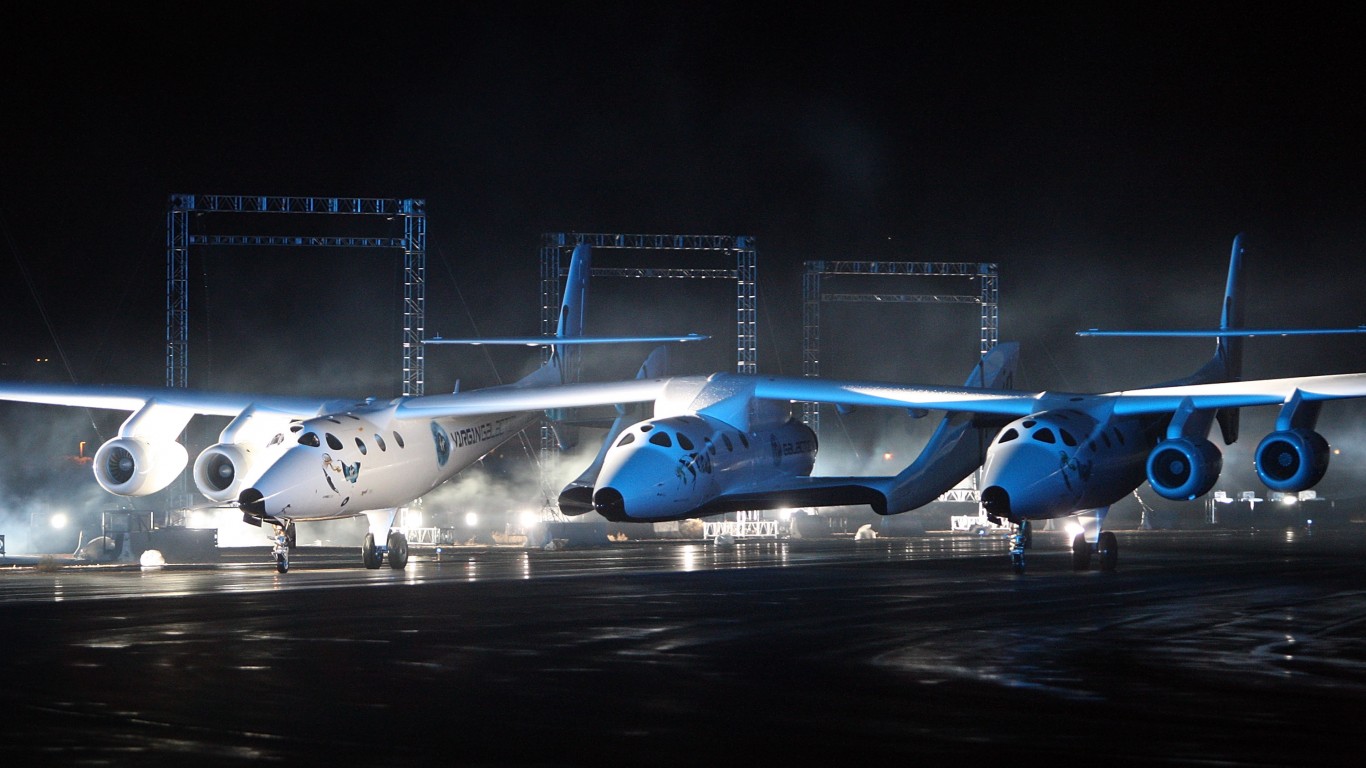
Space travel has long been a thing of science fiction. However, it’s slowly becoming more of a reality. Virgin Galactic (NYSE: SPCE) is pioneering the way for civilian space travel, but all the small discoveries by spacecraft like New Horizons help pave the way for these commercial ventures.
A Long Journey
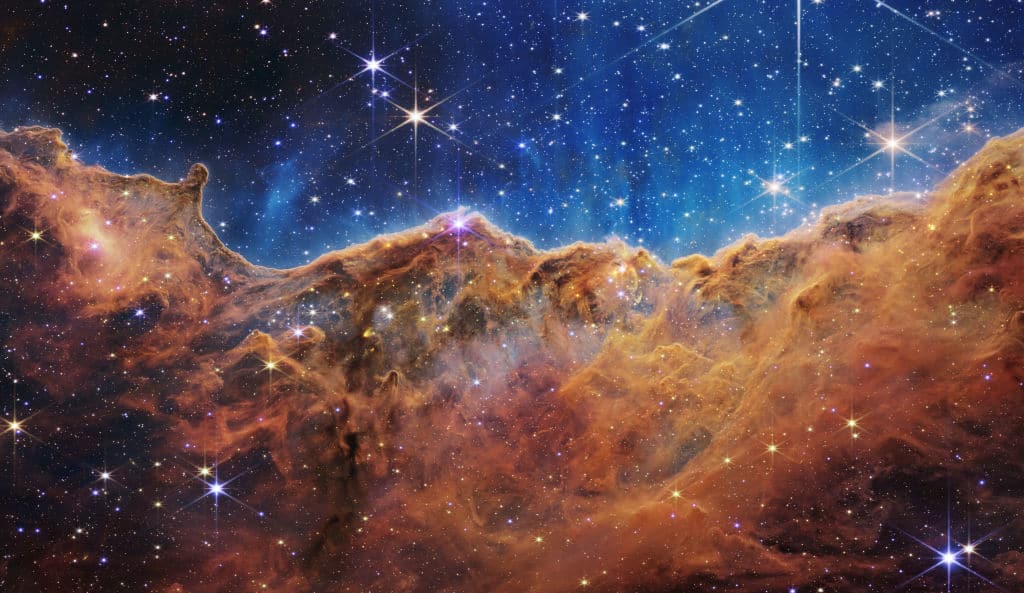
New Horizons took a very long time to reach Pluto. This spacecraft was launched in 2006, but it had to cover billions of miles. It didn’t actually reach Pluto until 2015.
A Brief Encounter

New Horizon’s encounter with Pluto was very brief. The spacecraft only flew by. It didn’t land. Still, the small spacecraft was able to collect tons of data from it’s very short encounter.
Surprising Findings
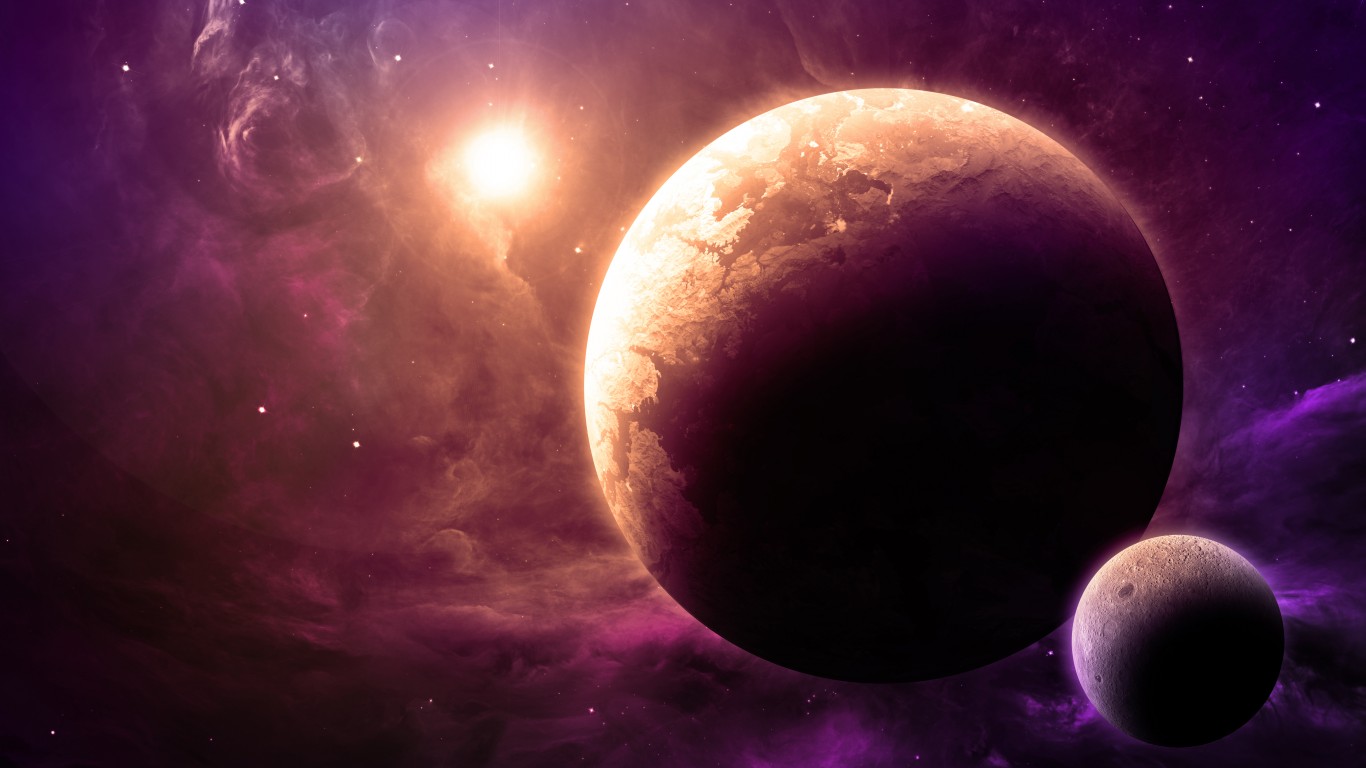
One of the most popularized findings from the mission was of Pluto’s heart-shaped region, which has now been named the Tombaugh Regio.
Mountains of Ice
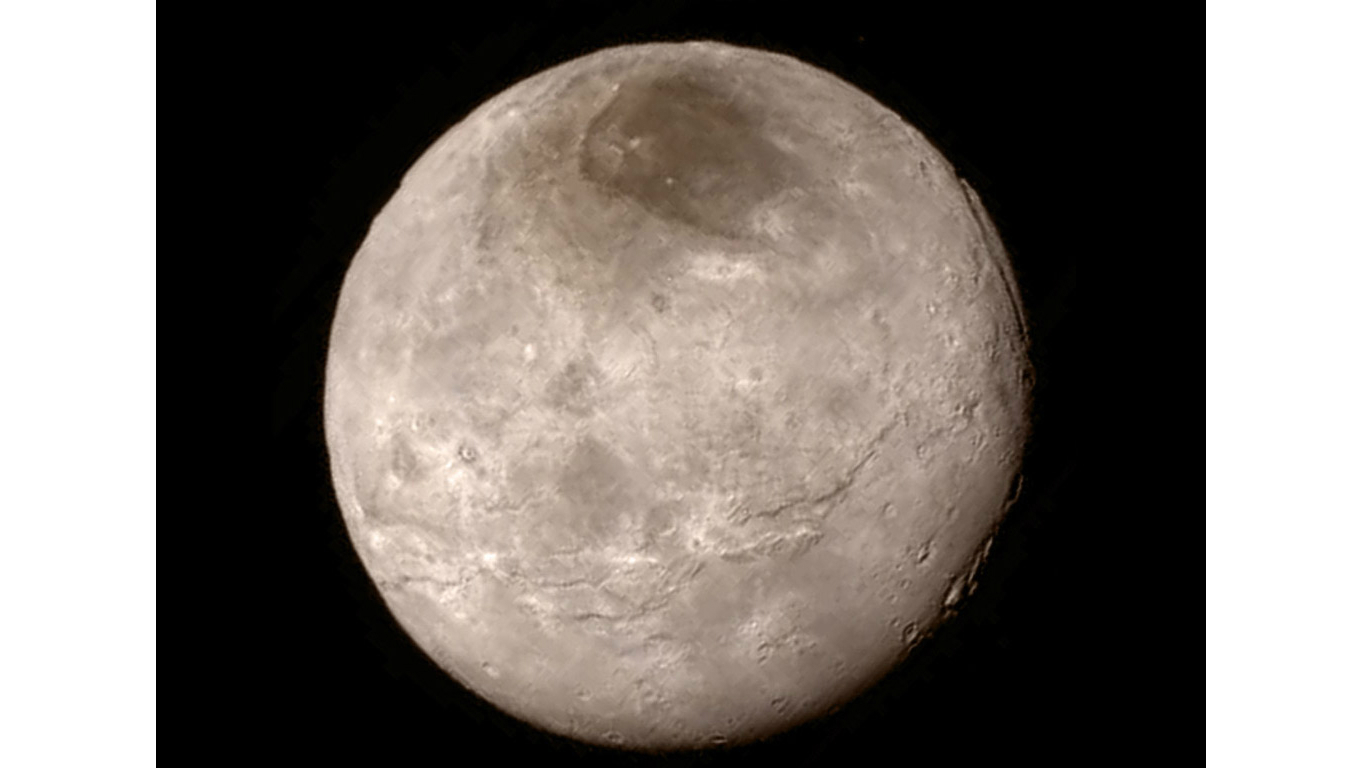
As expected, New Horizons showed lots of ice. There are towering mountains of ice on Pluto, indicating a complicated geological history. Despite the presence of water, Pluto is far too cold to support life.
Pluto’s Thin Atmosphere
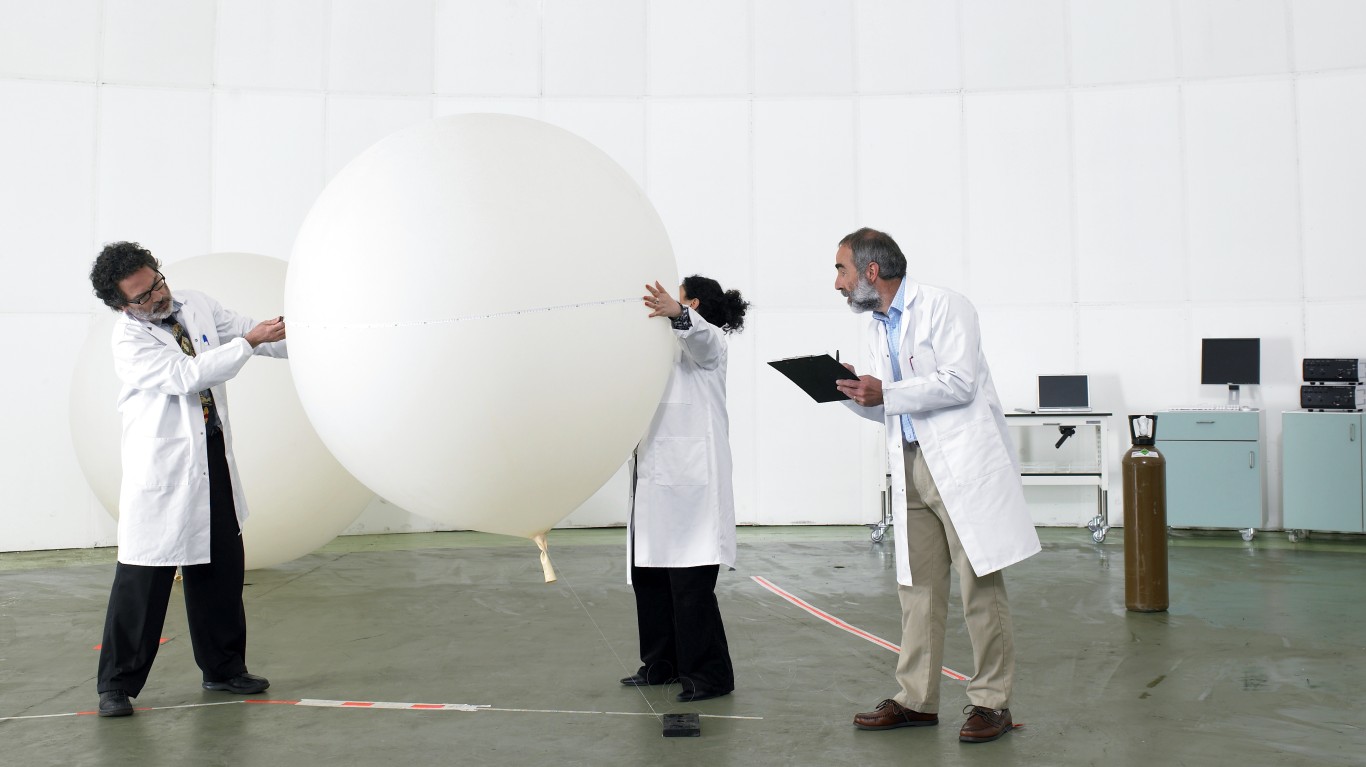
New Horizons did get close enough to study Pluto’s atmosphere, which is extremely thin. This study helped scientists determine more about what the planet is made out of.
Charon

New Horizons also visited Charon, Pluto’s largest moon. This visit was also extremely brief, but the spacecraft was able to take pictures of the surface, providing some insight into the moon’s complicated past.
Other Moons
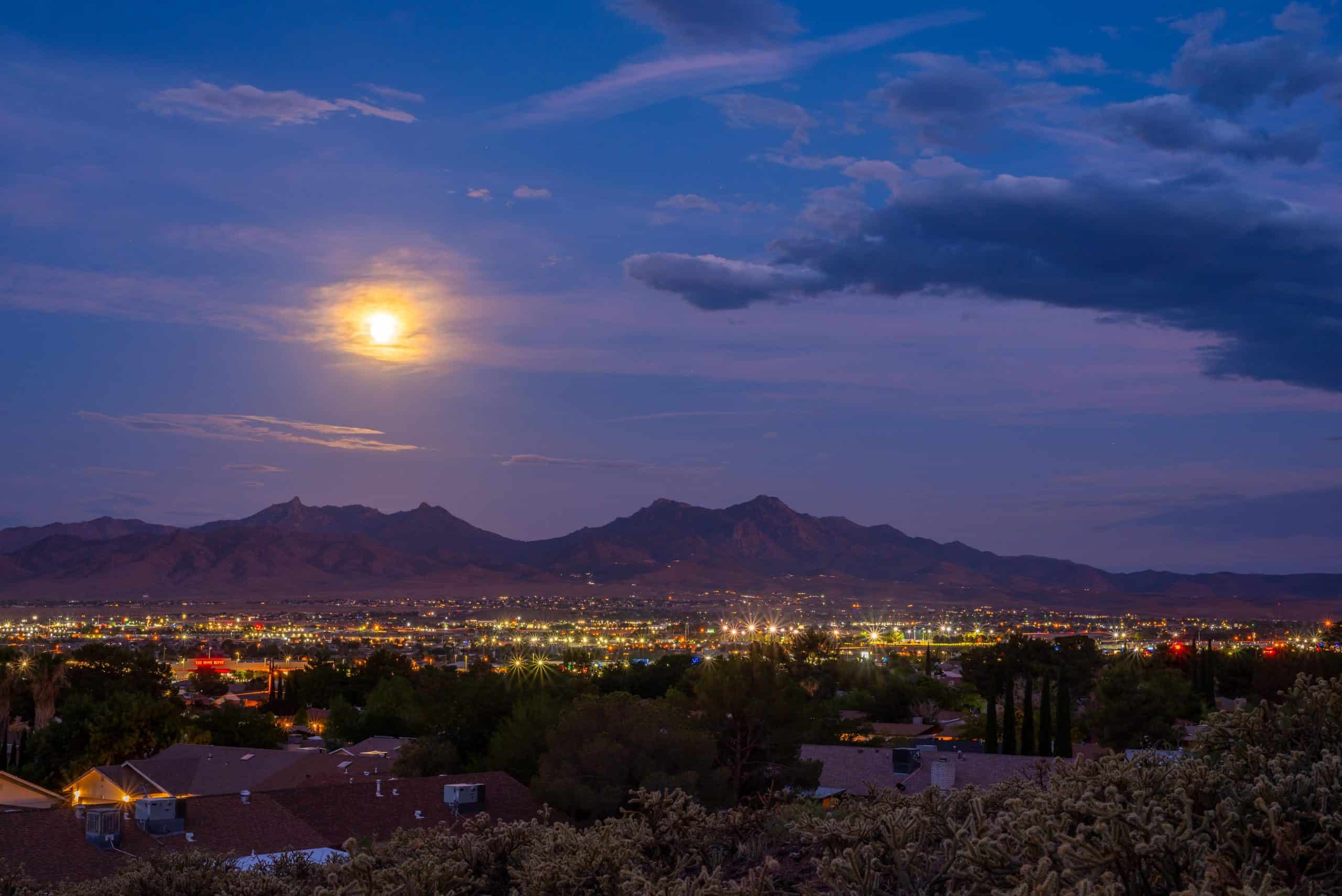
New Horizons was able to provide close-up images of Pluto’s smaller moons, including Styx, Nix, Kerberos, and Hydra. These pictures can help scientists determine what the moons are made out of.
Tranmission Challenges
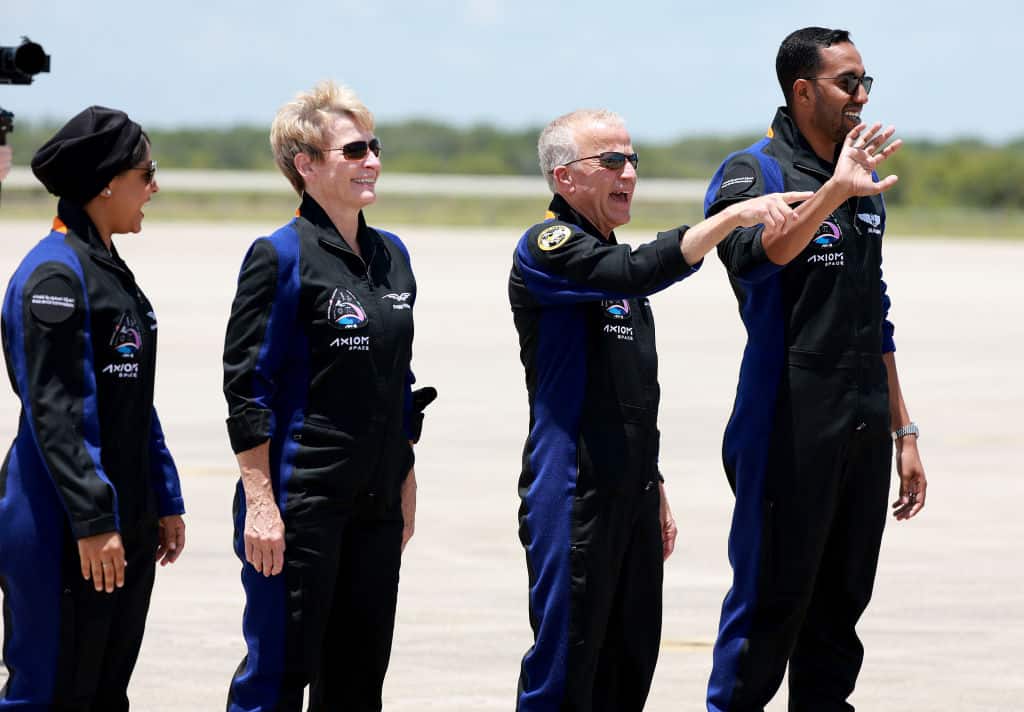
Getting all those pictures and information back to earth is a challenge! Even after New Horizon’s visit, it took several years to download all of the images and data it had collected due to Pluto’s vast distance away.
These challenges were expected, but it was a bit of an anti-climax!
Kuiper Belt Encounter
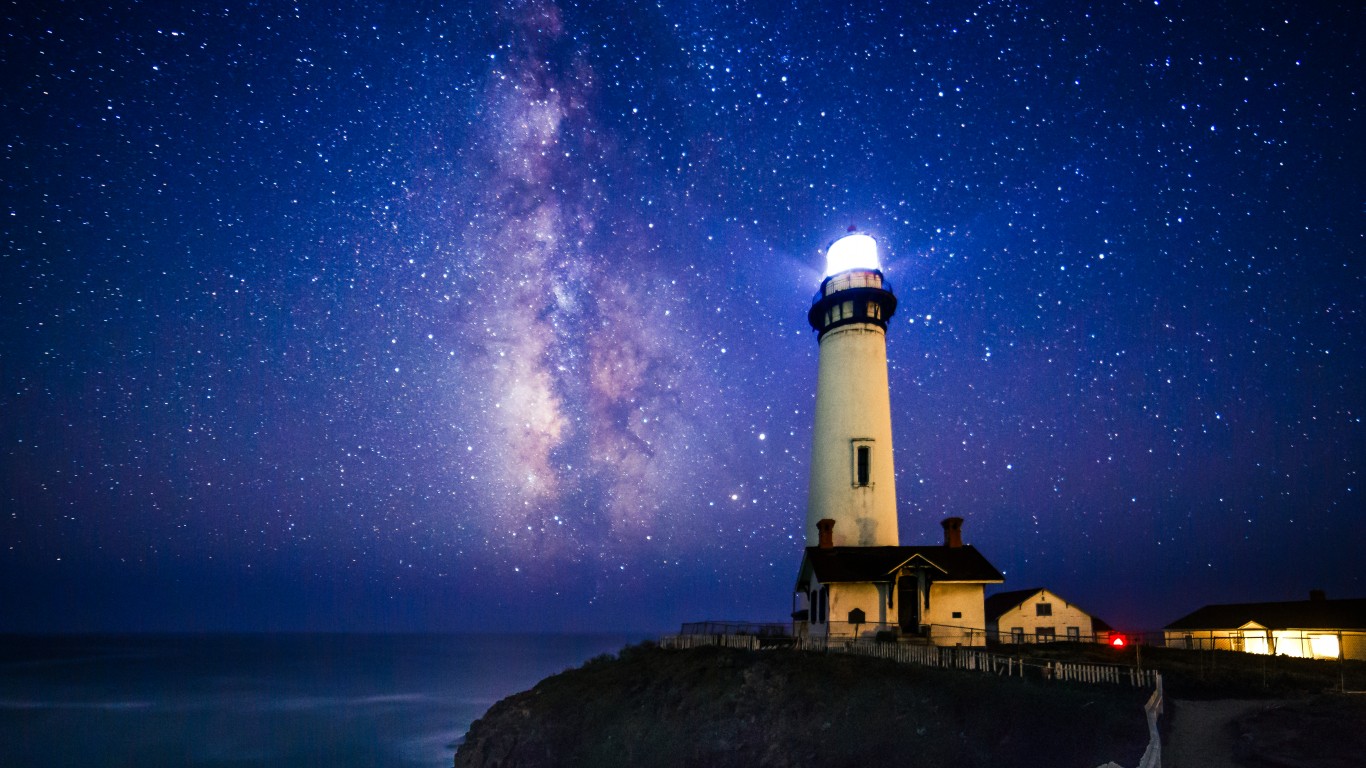
After stopping at Pluto, New Horizons continued its journey to explore Arrokoth, a distant object in the Kuiper Belt. This was the first time this object was seen, too.
A Legacy of Discovery

New Horizons has paved the way for future missions to the Kuiper Belt and even further worlds. This tiny spacecraft provided us with pictures of planets we’ve never seen up close and has helped scientists discover more about the solar system.
The mission also provided the public with stunning images and exciting discoveries.
Get Ready To Retire (Sponsored)
Start by taking a quick retirement quiz from SmartAsset that will match you with up to 3 financial advisors that serve your area and beyond in 5 minutes, or less.
Each advisor has been vetted by SmartAsset and is held to a fiduciary standard to act in your best interests.
Here’s how it works:
1. Answer SmartAsset advisor match quiz
2. Review your pre-screened matches at your leisure. Check out the advisors’ profiles.
3. Speak with advisors at no cost to you. Have an introductory call on the phone or introduction in person and choose whom to work with in the future
Get started right here.
Thank you for reading! Have some feedback for us?
Contact the 24/7 Wall St. editorial team.


